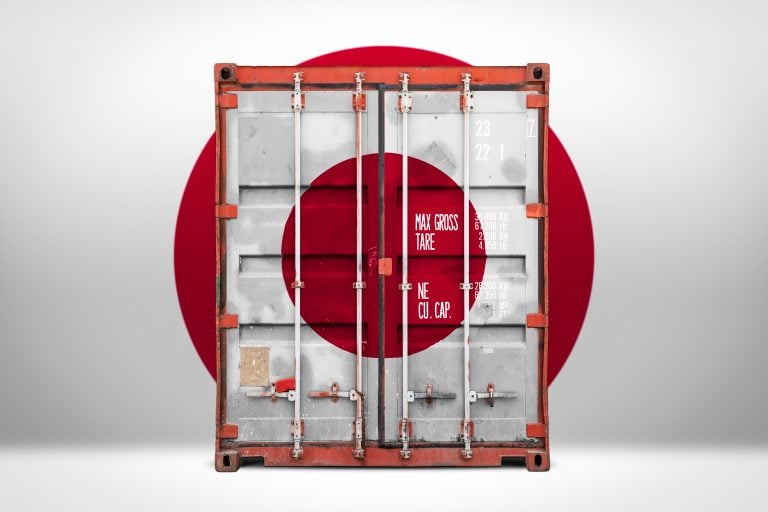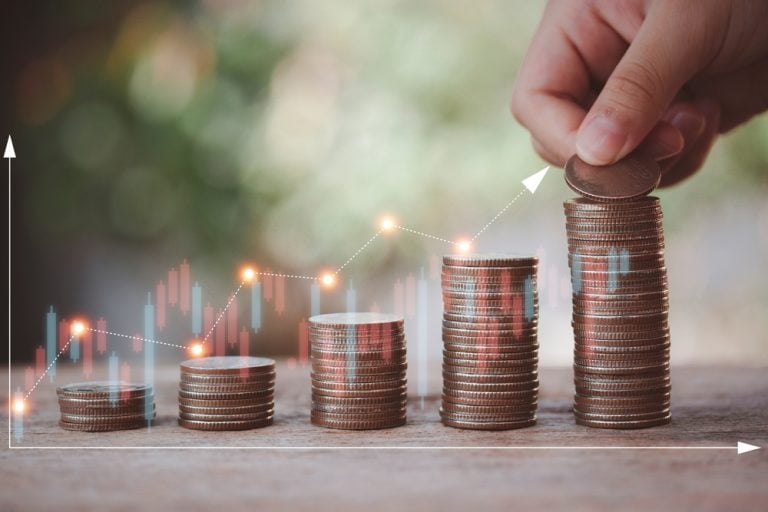PropTrack’s dropped their latest data on Australian February home prices and just brace yourselves good people because it’s a bunch more of the scary numbers like this one – national home prices are already up 6.15% on this time last year.
Or try this monster on – Brisbane home values are up 60.7% since that whole pandemic thing began.
PropTrack reports the country’s homes and houses cost 0.45% more to hit a new record last month, and that sort of acceleration is what gave February the largest monthly rise since October 2023. That brings prices up 0.82% so far this year.
In the bigger smoke
Prices across Aussie (combined) capital cities rose 0.48% to a fresh peak in February. The research says capital city prices are now 7.06% above the same time last year.
All capitals bar Hobart saw prices rise in February.
Adelaide (+0.81%), Perth (+0.56%) and Sydney (+0.55%) saw the strongest growth, with Sydney recording its largest monthly increase since August 2023.
Smaller capitals continue to outperform.
Perth, Adelaide and Brisbane remain the strongest markets over the past year, up 16.32%, 12.76% and 12.16% respectively.
And then of course, there was Brisbane, where values have surged 60.7% since the onset of the pandemic. Home prices in Brisbane now cost almost as much as Melbourne.
In the wide brown
Prices in Australian capital cities have outrun the regional areas, so far in 2024.
But hold the phone Australia because, even so, country regions also lifted (0.36%) in February to their own new peak.
Regional SA (+1.09%) and regional Queensland (+0.77%) led growth, while prices declined in regional NT (-0.08%).
Australia home price growth February
Via Getty
According to PropTrack senior economist and report author Eleanor Creagh, the slowdown in home price growth recorded toward the end of 2023 has reversed this year, with prices hitting a new peak in February.
“More homes have hit the market this year, but demand has kept up with that increase. The expectation that interest rates will fall in the second half of 2024 is likely providing a positive tailwind for activity,” Creagh says.
“Housing demand is also being buoyed by population growth, tight rental markets, resilient labour market conditions and recent home equity gains. Meanwhile, the sharp rise in construction costs and labour and materials shortages have slowed the delivery of new builds, hampering the supply of new housing.”
Home values to kick on over next few months
Looking ahead, Creagh adds, the positive tailwinds for housing demand and a slowdown in the completion of new homes are likely to offset the impact of reduced affordability and a slowing economy.
“As a result, prices are expected to lift further in the months ahead.”
Sydney
Sydney, home prices lifted 0.55% in February to a fresh peak. Despite the increase in new listings hitting the market in Sydney, buyer demand kept up as the summer selling season drew to a close.
After the pace of home price growth slowed through the holiday period, growth reaccelerated with prices rising 1.00% year to date. However, home price growth remained slower than the pace seen in April and May last year during the nascent home price recovery.
Brisbane
Home prices in Brisbane have risen at a fast pace over the past year and are now 12.16% above February 2023 levels.
Prices lifted a further 0.54% in February and are up 1.17% so far in 2024.
Brisbane has been one of the strongest-performing markets since the pandemic onset, with prices up 60.7% since March 2020, putting dwelling values on par with Melbourne.
Perth
Perth home prices rose at a fast pace over the past year and this has continued in 2024. Perth remained the strongest market in the country in terms of annual growth, with prices up 16.32%.
Home prices rose 0.56% in February — the 19th consecutive month of growth — to a new peak.
Record low supply amid strong buyer demand has resulted in a sellers’ market. The relative affordability of the city’s homes, population growth, and very tight rental markets are also supporting home values.
Melbourne
Melbourne home prices lifted 0.28% in February, bringing them up 0.38% so far this year and 1.33% above February 2023 levels.
Even so, prices in Melbourne remained 3.87% below their peak in March 2022. The price recovery in Melbourne is lagging Sydney and Brisbane but remains ahead of Hobart and Canberra, with prices up 1.66% from their January 2023 low.
Adelaide
Adelaide home prices rose 0.81% month-on-month in February to a new peak and are now up 1.46% year-to-date. Adelaide is one of the country’s top performing markets, with home prices up 12.76% year-on-year.
The comparative affordability of the city’s homes has seen prices defy the significant increase in interest rates since May 2022.
Low stock levels are also intensifying competition, with home prices in Adelaide rising at a fast pace in 2024.
Hobart
Prices in Hobart fell 0.12% in February.
Hobart remained the weakest capital city market when comparing annual price growth (-2.26%), as well as the change from peak (-7.99%). However, this comes after several years of outperformance, as well as strong growth during the pandemic which has seen affordability deteriorate. Home prices in Hobart are still up 35.9% since March 2020.
Darwin
Darwin home prices rose 0.08% in February, taking them 0.80% below their level a year ago. Unlike the larger capitals, Darwin hasn’t seen a recovery in prices which remain 2.38% below their May 2022 peak.
ACT
Home prices in Canberra rose 0.49% in February, bringing prices up 1.16% above their trough a year ago in February 2023. Despite recovering a small portion of their falls, prices remain 5.42% below their March 2022 peak.
The post Brisbane home prices are up 61pc since COVID. It’s as dear as Melbourne. But not as crap. appeared first on Stockhead.




















